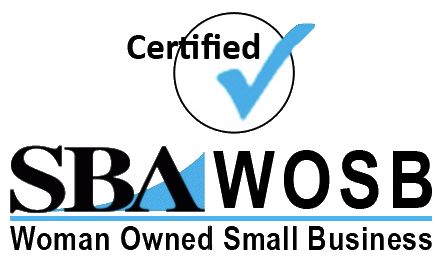|
Unions are often in the news, especially during election cycles. The unions in Wisconsin have been a controversial topic because of the dramatic reduction in pay and benefits for some union members, especially the teachers' union. Some news sources have reported that the incoming presidential administration will be less tolerant and accepting of unions. In my own profession, I have heard colleagues talk about how much they dislike unions and horror tales of bad behavior because of overly protective unions.
When I first started in administration, I did not have a clear grasp on how unions and administration worked together. It was a sobering process. Prior, I was a union member for nearly 8 years, but my history in the union was always a positive. I received great tuition benefits that helped me earn an BA in Economics, yearly cost of living increases, and low out-of-pocket comprehensive medical expenses. Most of my friends in the union used the child care benefits, attended the union holiday party and meetings. I hope to dispel two myths: union and administration have a difficult time working together and unions are bad for healthcare. Myth 1: Unions and administration have a difficult time working together. In my experience, as a union member and as administration, I've been on both sides of the issue. In academic medical centers, the union members are generally clerical and technical employees; whereas in hospitals, generally the nurses, clerical and some technical staff are unionized. My experience is primarily with union members in an academic medical center. There is truth to these myths, however, much can be mitigated if both groups have a clear sense of mission and purpose. Most times conflict can happen between the two groups for these reasons:
Myth 2: Unions are bad for healthcare. I believe unions are in place to protect some of our most valued staff members and to ensure good working conditions. The benefits the union offered to me (as I mentioned) were invaluable. If a company has good management practices, there should be few issues between union members and administration. Certainly, there will be disagreements, as we've seen in the form of worker strikes and dismantling of unions. However, many union members are doing incredibly valuable and essential work in non-profit sectors for much lower compensation than they would receive in the for-profit sector. They are also doing jobs that keep the foundation of the organization running and allow management time to focus on the strategic and financial priorities. There will always be conflict but circling back to the mission, vision and values should get working relationships back on a positive track.
0 Comments
Leave a Reply. |
Tsahia (like Tsunami - yes, the T is silent - Sa-hee-ah) is a healthcare enthusiast working to transform patient care for all of us while driving creative and innovative solutions with technology. Archives
March 2021
Categories |




 RSS Feed
RSS Feed